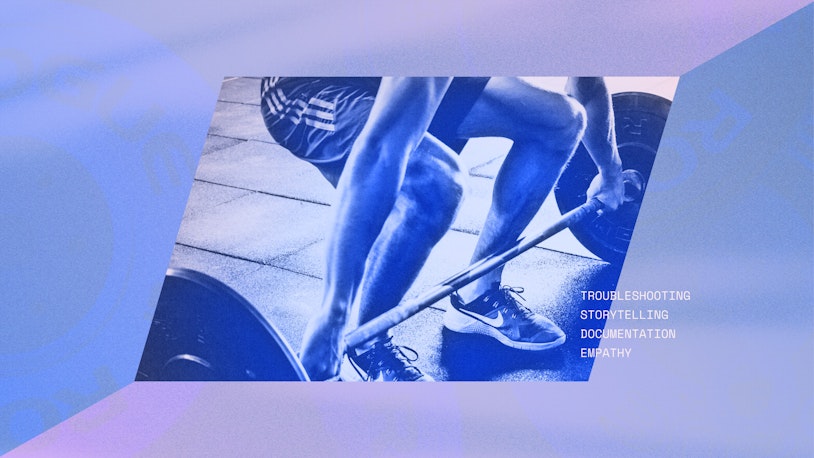Growth & Culture
22 Impactful Customer Service Survey Questions to Ask in 2024
Discover key customer service survey questions to enhance your business and drive customer satisfaction.
Get tips and advice on delivering exceptional customer service, engaging and delighting your customers, and building a customer-centric company.
Discover key customer service survey questions to enhance your business and drive customer satisfaction.
All the tips, stories, and resources you could ever need or want — straight to your email!




